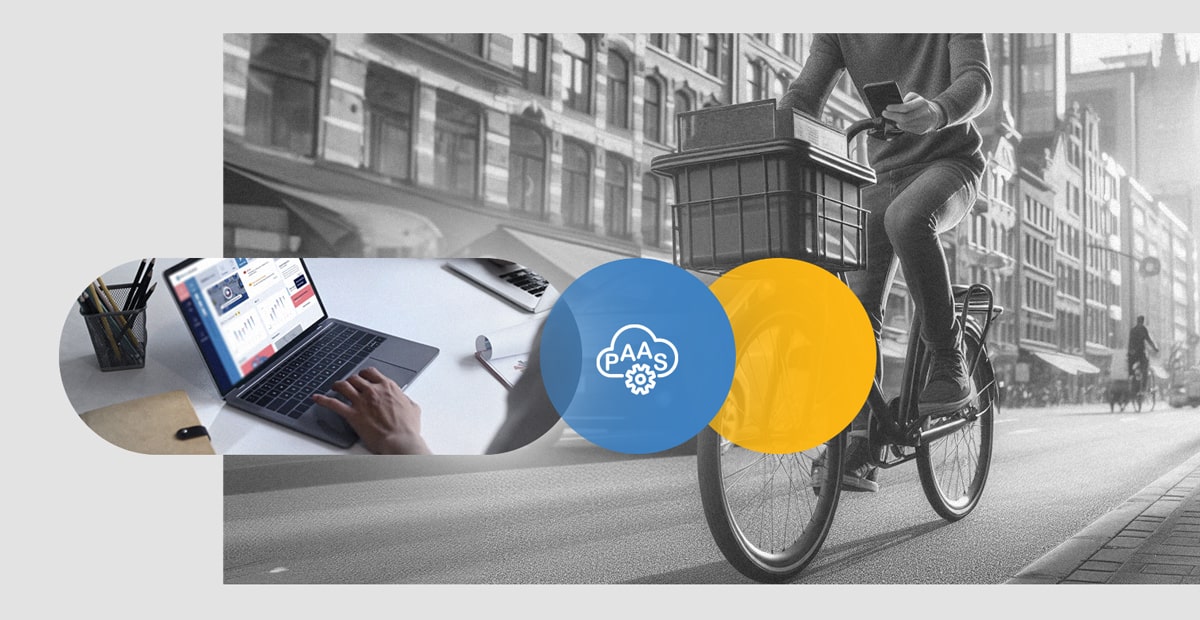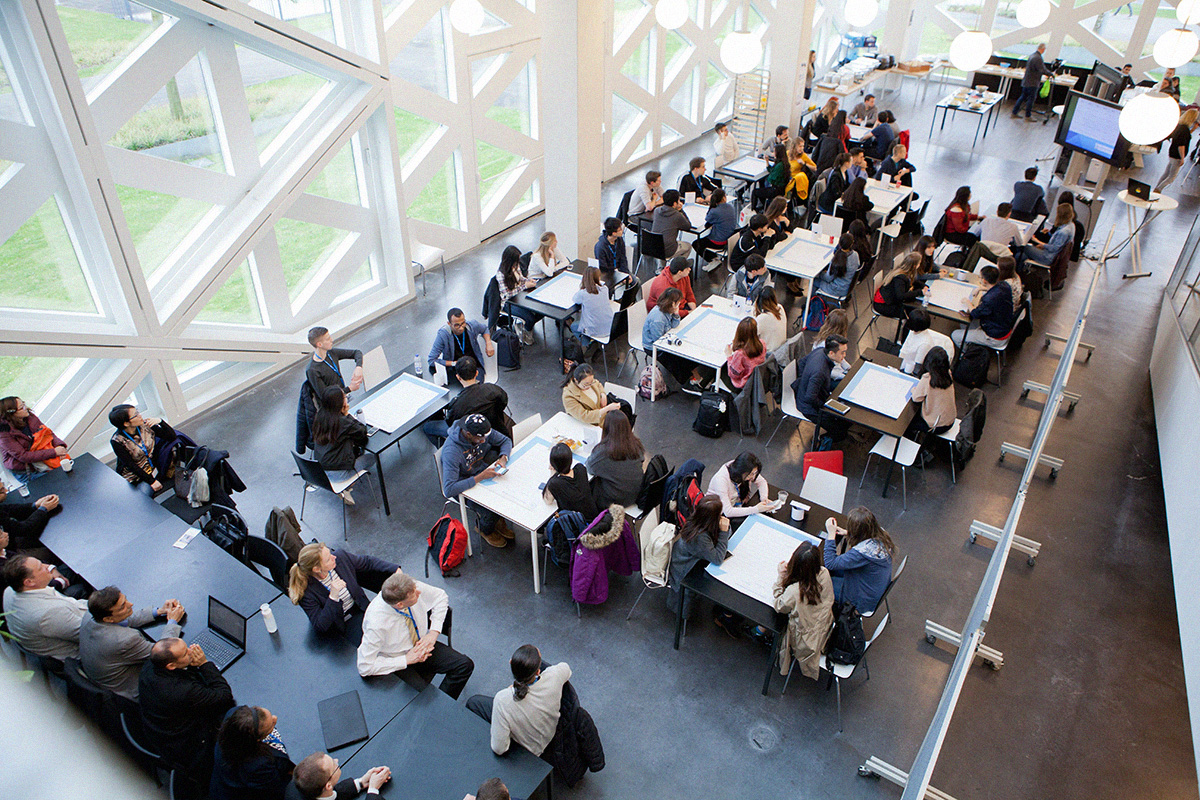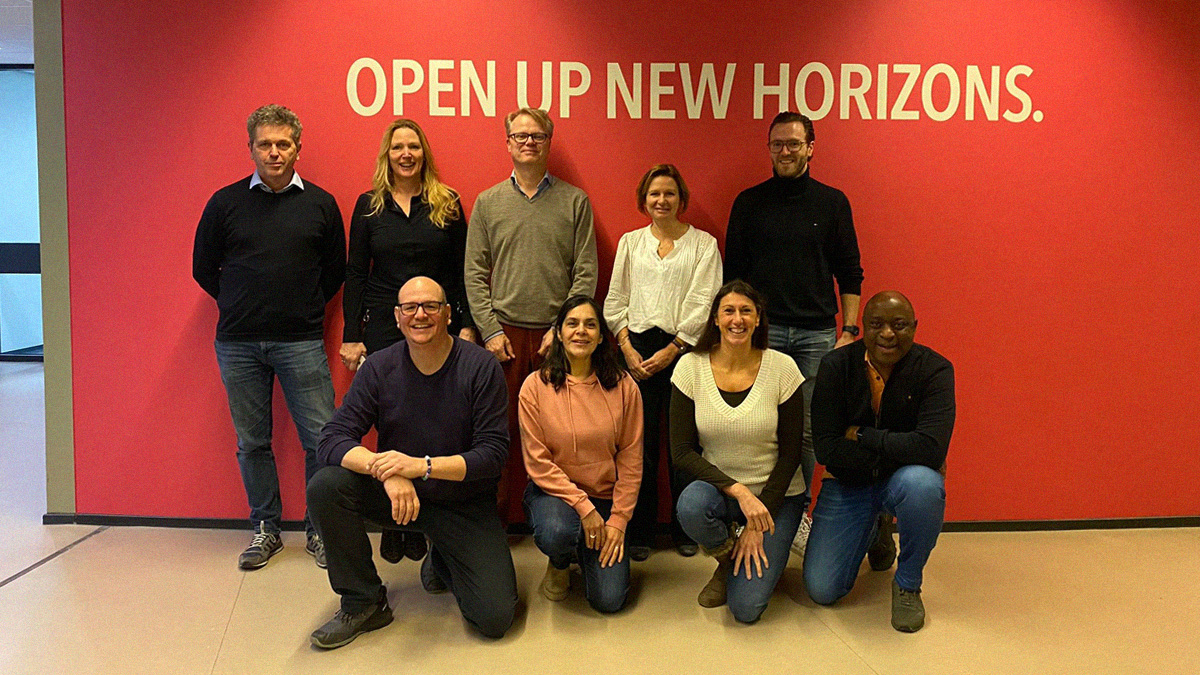Master the Circular Model: Product-as-a-Service with Experiential Learning.
Are you looking to gain hands-on experience with the circular model of product-as-a-service? Our game-based learning solution is here to help you develop the skills and insights needed to transition towards this strategy!
From “Take-make-dispose” to a Product-as-a-service (PaaS) strategy
The traditional linear economy follows a “take, make, waste” approach: resources are extracted, turned into products, and then disposed of. In contrast, the circular economy focuses on reusing resources and recycling them. This shift is facilitated by the product-as-a-service (PaaS) model, where consumers pay for product usage rather than owning it outright. Companies maintain ownership, handling maintenance and upgrades. This strategy helps to enhance resource efficiency, minimize waste, and contribute to a more sustainable future.
For example, bike-sharing programs operate on a subscription basis such as SwapFiets and GoSharing.
Major benefits of PaaS
- PaaS Driving Circular Economy Growth: By 2030, the circular economy is projected to reach $4.5 trillion, with PaaS playing a significant role in this growth.
- Rise of PaaS Business Models: Frost & Sullivan forecasts an increase in companies adopting PaaS models, where products are offered as part of service packages like subscriptions, pay-as-you-go, or bundled services.
- Environmental Benefits of PaaS: PaaS reduces waste by prolonging product use, saves money by eliminating frequent purchases, and contributes to sustainability by reducing resource consumption.
Hands-On Learning in a Life-Like Virtual Environment
Experience the opportunities and challenges of transitioning to a PaaS model. Our business simulation game, The Blue Connection provides a risk-free, hands-on learning environment to practice developing and implementing this circular value chain strategy.
Learn the challenges and opportunities of the PaaS model
This game-based learning module is designed to provide users with a hands-on experience of the PaaS model. The module provides an opportunity for learners to convert a bicycle company from a linear model to a subscription-based model, which is a prime example of circular business innovation. Users can analyze the different components of the model, such as product design for longevity, repairability, and the integration of repair and refurbishment services.
Schedule Your Demo Today
See firsthand how our experiential learning solution can close the sustainability skills gap and fast-track career readiness. Schedule your demo today to get a quick online tour. Equip your learners with the skills and knowledge needed to become leaders in circular value chain strategies.
Learning Objectives
Develop core competencies during the business simulation training
Learn about the financial impact of a Product-as-a-service business model
Learn about the relation with your product design
Learn how to make a circular transition profitable
Learn how to measure circularity
Learning Solution Course Setup
Tailor-made for Higher Education
Course design is fast and easy. We provide expert guidance to guarantee successful implementation.
Certificate of Participation
Onboarding & Support
Certified Training and onboardingLibrary with Educational Materials
24/7 support and expert guidance







